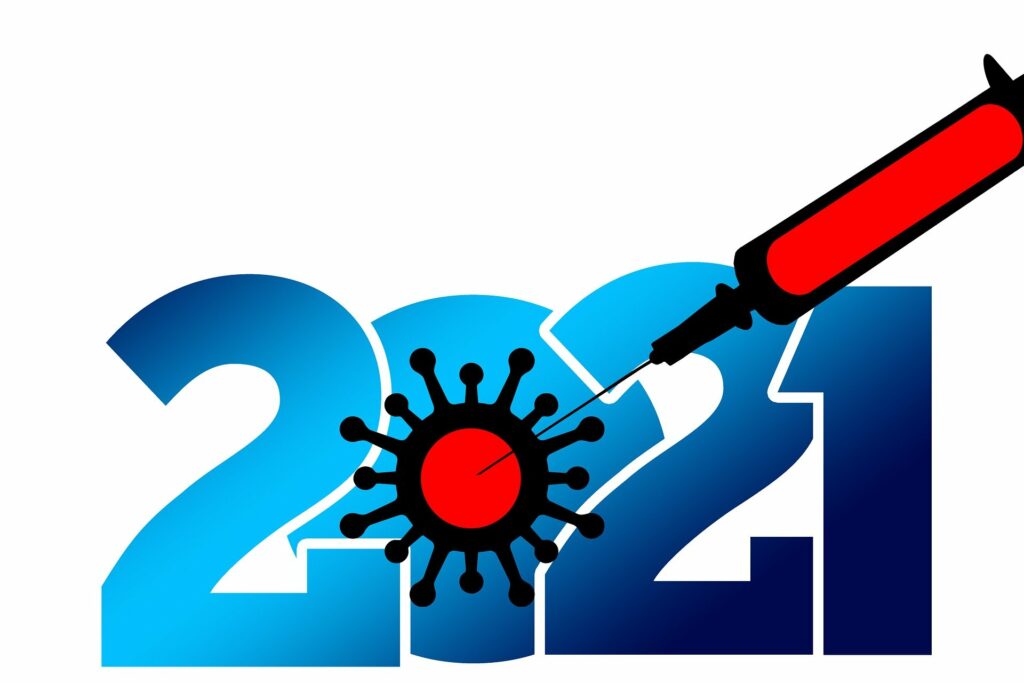Post written by Dr. Kelly Cawcutt & originally posted at https://www.cloroxpro.com/blog/hot-topics-in-healthcare-hais-infection-prevention-post-pandemic/

The COVID-19 pandemic has brought unprecedented changes to healthcare throughout the world. Fraught with high volumes of patients and paucity of resources and testing, combined with personal protective equipment (PPE) and staffing shortages the past year has taught the healthcare community lasting lessons in resilience. The rapidly advancing knowledge around the SARS-CoV-2, the virus that causes COVID-19, has also prompted a shift in the standard of care. In the face of such multifaceted challenges, the world of Infection Prevention and the capacity to monitor and prevent healthcare-associated infections (HAIs), changed.
How, why, and what changes have occurred?
Stevens et al described the impact on HAI prevention efforts as notable due to diversion of human resources for surveillance and case identification, process measures for prevention of HAIs (such as hand hygiene), mitigation resources (lack of real-time feedback), and the lack of adequate supplies of PPE for traditional HAIs resulting in potential increased risk of cross-contamination.
The transmission of SARS-CoV-2 lacked clarity, but was described to spread via aerosol and surface contamination in 2020. Infection prevention resources were critical in this environment of uncertainty, both for adequate disinfection of surfaces, but also for appropriate use of PPE. Although the overall risk of surface contamination resulting in transmission of SARS-CoV-2 was ultimately deemed to be low, effective disinfection practices were still necessary, adding to the workload burden of already overstretched infection prevention teams.
Furthermore, the level of illness of patients affected by COVID-19 combined with the limited PPE resources, resulted in changes in patient care that could be unpredictable at times. In clinical care settings for example, the long length of hospital stay, particularly in the intensive care unit (ICU), was accompanied by longer durations of support devices, such as endotracheal tubes, central venous catheters (CVCs), and urinary catheters. The longer duration of which increased the numbers of opportunities for in the failure of executing process measures to prevent HAIs.
The increased use of prone positioning, even amongst non-ventilated patients, may have negatively impacted visible access to many dressings and device sites for several hours per day. Finally, with PPE limitations, many adjustments were made to decrease required trips and time spent in patient rooms, such as transitioning intravenous medication pumps to outside of patient rooms. Such changes may have positively impacted PPE utilization rates, but may have carried negative counterbalances with increased risks of HAIs due to lack of direct visualization, longer tubing with possible increased risks of contamination, and potential preference for more durable catheters, such as CVCs to minimize risk of dislodgement or need for new access placement. Finally, it was would be remiss to not acknowledge that all of the above were further augmented by the fear and anxiety that resulted from the many unknowns and struggles faced by healthcare workers, and may have increased the risk for error.
What was the result?
The data is still evolving, but increased rates of HAIs have been reported. Amongst the critically ill, one study showed a 46% increase in HAIs, with ventilator-associated pneumonia (VAP) and central line associated bloodstream infections (CLABSIs) as leading causes. Interestingly, within this group, only the intubated patients were noted to have HAIs. A review similarly showed several studies with increased CLABSIs amongst patients with COVID-19, as compared to those without. Moreover, a study of CLABSI data from the National Health Safety Network as similarly demonstrated a 28% increase in CLABSI from early in the pandemic. Of interest, Clostridiodes difficile rates have decreased in some studies, without concurrent decreases in antibiotic use, highlighting that strong infection prevention measures including environmental cleaning and use of PPE and handwashing remain critical in the prevention of nosocomial spread of this infection.
So, where do we go from here?
We must recognize the impact the pandemic has had on healthcare, with rapid changes in practice, high work burdens with increasing burnout, and the need to move forward. Hardwiring our HAI prevention practices to ensure consistency in both the best and worst of times is critical. Considering how to identify, implement and amplify the positive innovations and changes throughout the field is necessary. Of paramount importance is ensuring robust infection prevention teams have adequate resources for surveillance, mitigation, education and quality improvement.
Thank you to all of the tireless Infection Prevention teams, continuing to strive to provide the safest care for our patients and healthcare teams around the world!
undefined